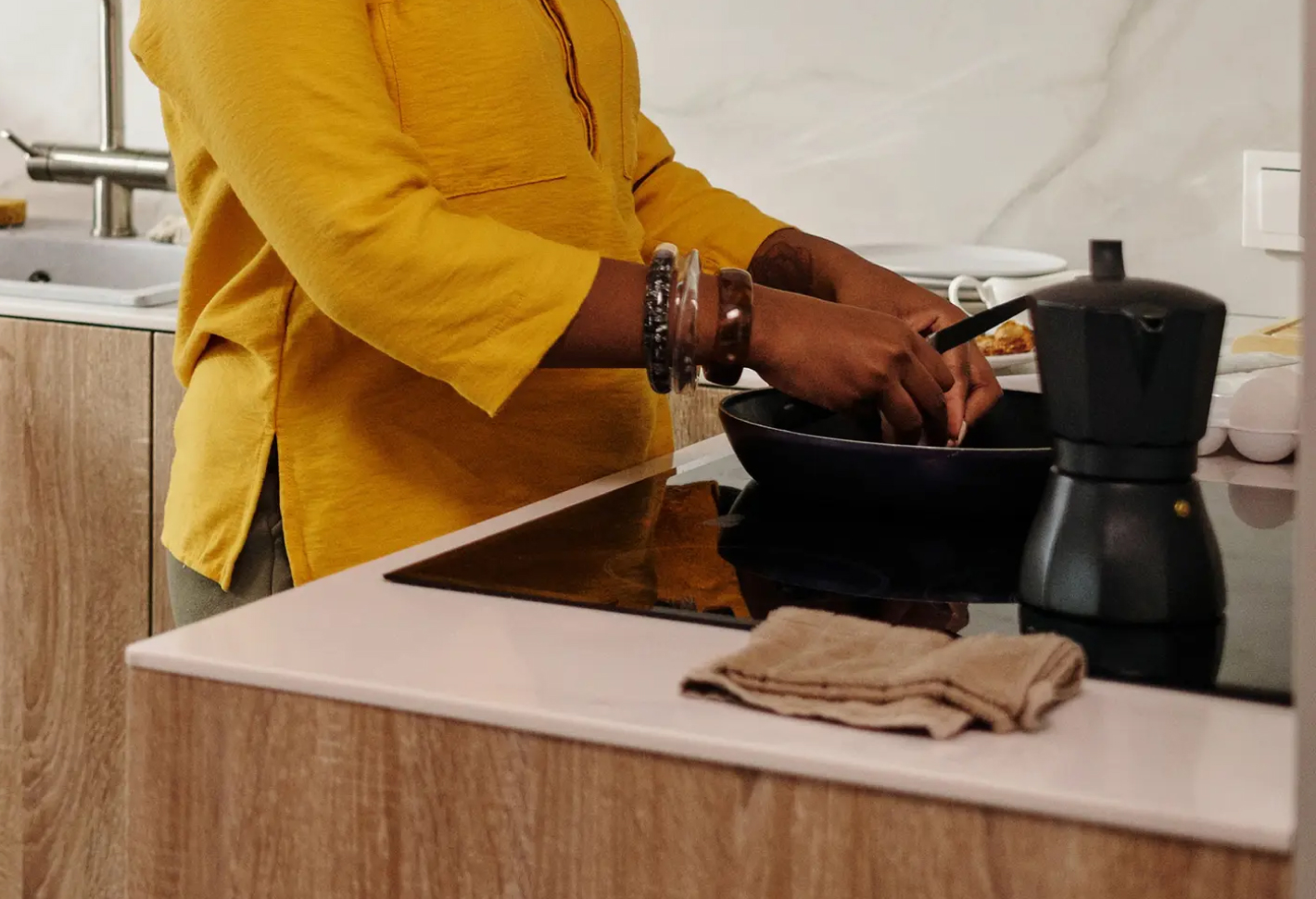Minimizing Cleanup After Induction Cooking for BBQ Lovers
Written By James Morgan
Barbecue enthusiasts, welcome to a world where the love for grilling meets the efficiency of modern cooking technology. While the smoky aroma of a barbecue is something to relish, the aftermath of cleaning up can often dampen the joy. Enter induction cooking, a method that promises not only precision but also the potential to minimize the mess. In this article, we'll delve into effective strategies for minimizing cleanup after induction cooking, ensuring you spend less time scrubbing and more time enjoying your culinary creations.

Understanding Induction Cooking
Induction cooking is a game-changer for many kitchen aficionados. Unlike traditional gas or electric cooktops, induction uses electromagnetic fields to directly heat the cookware. This method is not only energy-efficient but also offers unparalleled temperature control, making it a favorite among those who cherish precision in their culinary pursuits. For barbecue enthusiasts looking to expand beyond the grill, induction cooking offers a clean and efficient alternative.
One of the primary benefits of induction cooking is its ability to keep the cooktop relatively cool. This means that spills and splatters are less likely to burn onto the surface, making cleanup a breeze. However, there are still some best practices to follow to ensure that your induction cooking experience remains mess-free.
Choosing the Right Cookware
When it comes to minimizing mess, choosing the right cookware is paramount. Induction cooking requires cookware made of ferrous metals, such as cast iron or certain stainless steels. These materials not only ensure efficient heating but also tend to distribute heat evenly, reducing the chances of food sticking and causing a mess.
For barbecue enthusiasts, using a cast iron skillet on your induction cooktop can replicate the high heat needed for a perfect sear. Cast iron is not only durable but also retains heat well, ensuring that your meats are cooked to perfection.
Preparation is Key
The key to a smooth cooking experience lies in preparation. Before you begin, ensure that your ingredients are prepped and ready. This reduces the chances of spills and splatters during cooking. Additionally, consider using splatter guards or lids to minimize mess when cooking dishes that tend to splatter.
Another tip is to use parchment paper or silicone mats when cooking certain foods. These materials can help catch drips and spills, making cleanup even easier. Just be sure to use them with caution and follow the manufacturer's guidelines to avoid any potential hazards.
Efficient Cleanup Strategies
Despite the best preparations, some mess is inevitable. However, with a few simple strategies, you can ensure that cleanup is quick and efficient. One of the most effective ways to minimize cleanup is to tackle spills as soon as they occur. The cool surface of an induction cooktop means that spills won't burn on immediately, giving you a chance to wipe them away with ease.
For stubborn stains or spills, a mixture of baking soda and water can work wonders. Apply the paste to the affected area, let it sit for a few minutes, and then wipe away with a damp cloth. This gentle yet effective cleaning method ensures that your cooktop remains spotless.
Leveraging Technology and Tools
In the quest to minimize cleanup, technology can be your ally. Many modern induction cooktops come with features designed to make cleanup easier. For instance, some models have touch controls that are easy to wipe down, while others come with built-in timers and sensors to prevent overcooking and spills.
Additionally, investing in high-quality cleaning tools can make a world of difference. A good quality microfiber cloth, for example, can effortlessly pick up spills and splatters without scratching the cooktop surface. For more tips on using induction cooktops, check out this detailed guide.

FAQs About Induction Cooking Cleanup
Do induction cooktops require special cleaners?
While induction cooktops don't necessarily require special cleaners, it's important to use non-abrasive products to avoid damaging the surface. Simple solutions like a mixture of vinegar and water or baking soda paste can be very effective.
Can cast iron be used on induction cooktops?
Yes, cast iron is an excellent choice for induction cooktops. Its ferrous material ensures compatibility with induction technology. For more information on using cast iron with induction, visit Tom's Guide.
How can I prevent food from sticking during cooking?
To prevent food from sticking, ensure your cookware is properly preheated before adding ingredients. Additionally, using a sufficient amount of cooking oil or fat can help create a non-stick surface.
In conclusion, while induction cooking offers many advantages, the potential for minimizing cleanup after induction cooking is a significant perk for barbecue enthusiasts. By choosing the right cookware, preparing efficiently, and utilizing effective cleaning strategies, you can enjoy all the benefits of this modern cooking method without the hassle of a lengthy cleanup.



